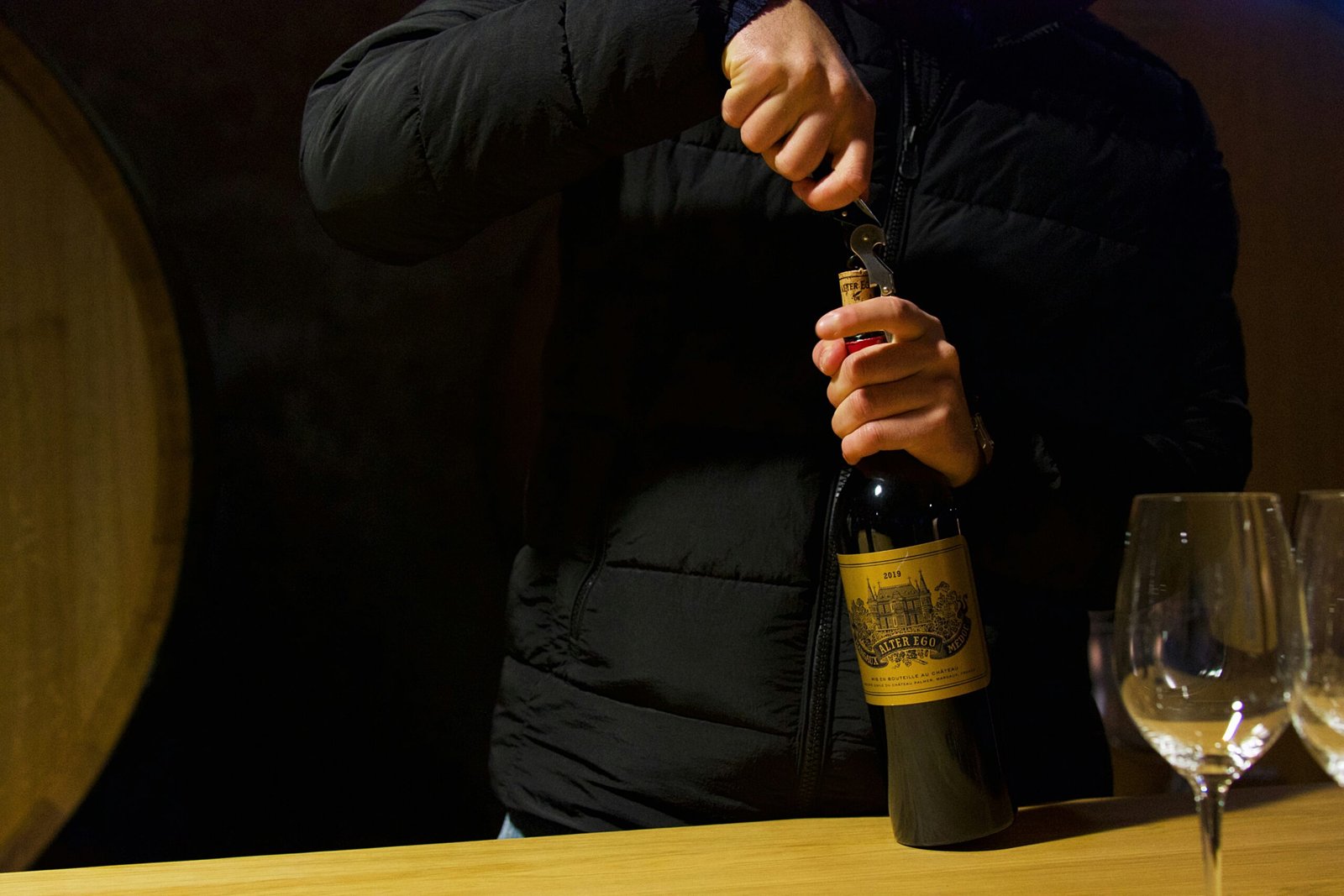Article Summary
Learn the essential techniques of wine tasting, from visual assessment to identifying complex aromas and flavors. This comprehensive guide will help you develop your palate and enhance your wine appreciation journey.
Let’s be honest: the world of wine tasting can seem… well, a bit theatrical. All that deliberate swirling, the intense sniffing, the exaggerated slurping—it’s enough to make even the most enthusiastic wine drinker hesitate. If you’ve ever watched someone declare a wine “brooding, yet playful” while you were just thinking “tastes lovely,” this one’s for you.
Because here’s the truth: you don’t need to learn a whole new language or pretend to detect sandalwood and saddle leather to taste wine properly. You just need a little curiosity, a clean glass, and maybe a vague idea of what you fancy. The goal is simply to understand what you’re drinking and why you might love (or loathe) it. The more you taste, the more you learn, and the easier it gets to find wines that suit you.
The Five Steps to Tasting Wine Like a Regular Person
Forget the grand performance; wine tasting doesn’t have to be performative. It’s a straightforward process of engaging your senses.
1. Look: The Visual Clues in Your Glass
Before you even raise the glass, take a moment to observe the wine.
- Colour and Depth: Tilt the glass against a white background (like a serviette or tablecloth) and check out the wine’s colour. Is it a pale straw or a deep, golden amber for a white? Is it a light cherry red or a deep, inky ruby for a red? This gives you subtle clues about the grape variety and the wine’s age. Generally speaking, white wines tend to deepen in colour over time, while red wines gradually lose their pigment and fade towards a more tawny or brick-red hue.
- Clarity: Is the wine perfectly clear and bright, or is it a little cloudy?
- The Legs (Tears): You’ll notice those streaks of liquid running down the inside of the glass after a swirl. These are often referred to as “legs” or “tears.” Contrary to popular belief, they are not a sign of quality. They are simply an indicator of the wine’s alcohol and sugar content (specifically, surface tension and evaporation). So, don’t overthink it; just observe.
2. Swirl: Letting the Wine Breathe
Give your wine a gentle, controlled swirl.
- The Purpose: The simple act of swirling introduces oxygen into the wine, which is critical. This helps the wine “open up” by vaporising and releasing its aromatic compounds, allowing you to smell them more easily.
- The Technique: There’s no need to helicopter the glass like a show-off—just enough to get the liquid moving. If you’re swirling over a friend’s pristine white carpet, maybe keep it subtle! We’re tasting wine, not flinging it.
3. Sniff: Identifying the Aromas
This is arguably the most important step, as the human tongue can only detect five primary tastes, but the nose can identify thousands of scents.
- First Impression: Stick your nose into the glass and take a few short, deliberate sniffs. You don’t have to immediately identify every single scent. Start simple. Can you smell fruit? If so, what kind: red berries, stone fruit, citrus? Does it smell floral or spicy?
- Getting Specific: Wine smells like things you know—it’s not magic. A Sauvignon Blanc might remind you of gooseberries (or, let’s be honest, asparagus or even cat pee), while a Syrah might give notes of pepper, plum, or even cured bacon. Say what you actually smell. If it’s “jam and pencil shavings,” go with it. These are your aromas (from the grape) and bouquets (from the winemaking process/ageing).
4. Sip: Texture, Taste, and Length
Take a decent mouthful, not a tiny drop, and let it roll all the way around your mouth.
- The Sensation: Notice the texture. Is it light and zippy (like skimmed milk), or rich and full-bodied (like double cream)? Is it refreshing and acidic, or smooth and soft?
- The Flavour Profile: Identify where the flavour hits. Is it fruity right up front? Is it dry and mouth-puckering on the finish (the time the taste lingers)? Does it make you want another sip, or wish you’d opened a beer instead?
- The Slurp (Optional): You can do the “air slurp” if you like (drawing a little air in over the wine). This helps to vapourise the wine for a richer aromatic experience. However, you absolutely don’t have to. Especially if you’re in a quiet restaurant.
5. Decide: Your Personal Verdict
Forget the binary of “good” or “bad” that wine critics might use. The only thing that matters is your enjoyment.
- The Real Test: Ask yourself simple questions:
- Do you like it?
- Would you drink it again?
- Would you willingly pay for it?
The point isn’t to impress anyone—it’s to understand your own preferences. So next time you’re handed a glass, give it a swirl, take a sniff, and say whatever comes to mind. Even if that’s “Smells like holidays and apricots.” You’re doing it right.


